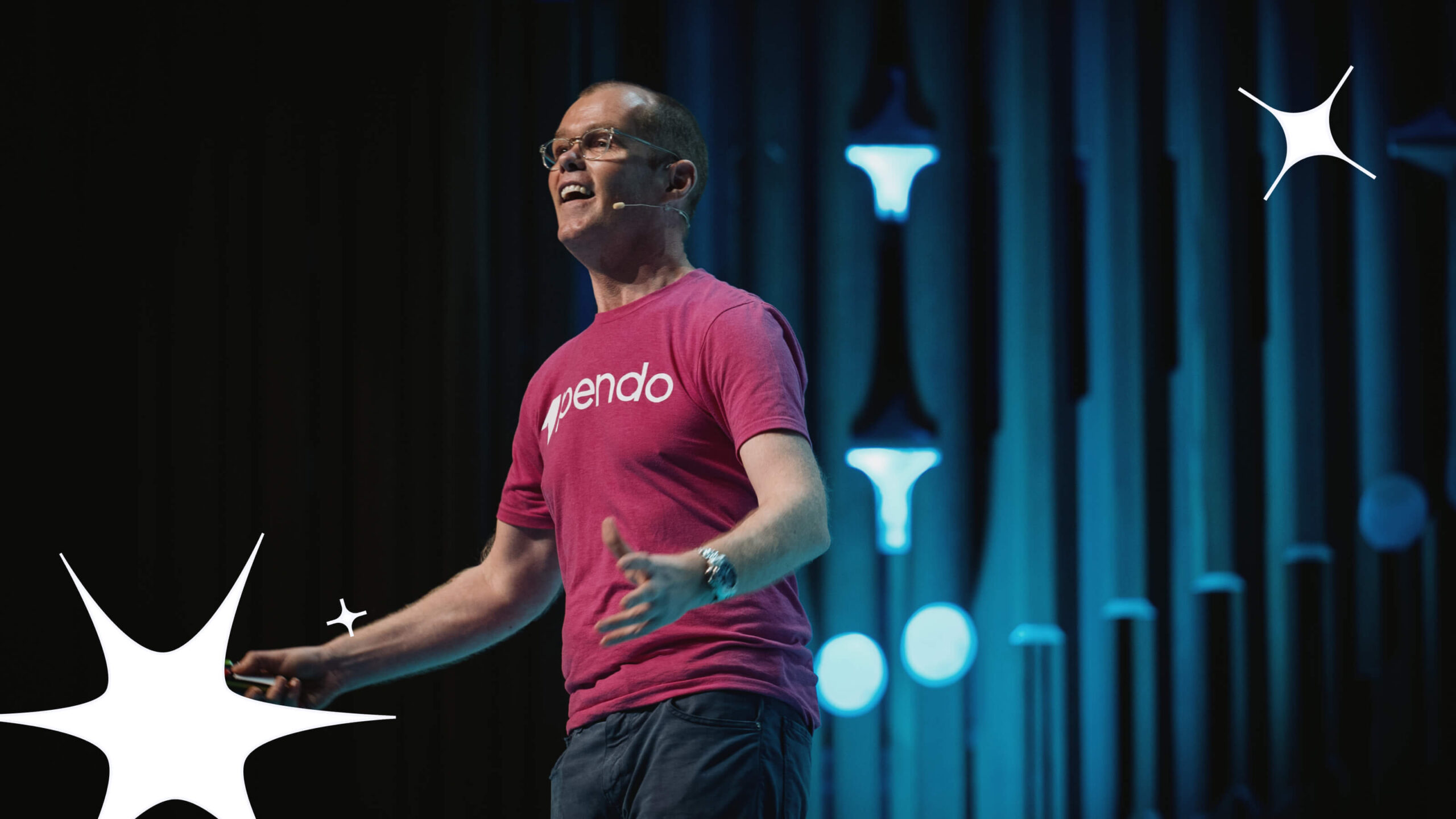If there’s one thing most people agree on about change, it’s that it can be uncomfortable. Whether in our personal lives or at work, abrupt change we aren’t ready for can leave us feeling anxious and adrift. To make a transition as smooth as possible, people need the right preparation and guidance. This is where the field of change management comes in. When employees feel like they have the tools and resources they need, they adapt to change better and feel more comfortable in the process. Change managers can help them get there. You can find out “what is change management here”, but lets dive into some things to consider to help optimize the digital workplace.
Navigating the change management landscape in the digital workplace was the topic of conversation on a recent MSDW podcast featuring Hannah Whiteside, senior product marketing manager at Pendo, and John Dorrian, director of strategic partnerships at Pendo. Below are three key takeaways from the discussion, which you can find in full here.
Be wary of “going with your gut”
At its simplest definition, change management involves guiding an organization from a current state to a defined future state. But understanding what the current state is–be it of app usage, workflows, employee behavior or satisfaction–is often harder than leaders assume. This is especially true at a time when a distributed workforce is more and more the norm.
Some managers may be tempted to “go with their gut,” and assume employees are behaving in a certain way. Very often they base their assumption on the documented process teams are supposed to follow for an app or workflow. But as we know, people don’t always follow processes. And a change roadmap built on faulty assumptions is bound to cause headaches down the line.
The most effective change managers plan around how employees actually do their work. To understand what’s really happening, the right data–particularly the robust analytics that strong digital adoption solutions provide–is key. Armed with the knowledge of how work happens in reality, change managers will be able to help guide employees in the most effective way possible.
Don’t be afraid to retire apps
The same data that shows how employees are working today can be used to make the case for important changes tomorrow. Many companies, for example, introduce new tools too quickly or bring too many into the mix at once. Among other things, this can lead to a proliferation of duplicative apps and licenses, only some of which are officially sanctioned. As this dynamic worsens, tech costs can spiral out of control. To control costs and keep the tech stack in order, IT shouldn’t be afraid to conduct an audit of their company’s existing app usage.
After taking an inventory of tools, IT should look at apps used in a data-heavy way and consider: What was the business problem the app was designed to solve? Is it still a problem for the company? If it is, are there other, more comprehensive apps the company currently pays for that can serve the same purpose?
IT departments often don’t retire apps that they should for fear of upsetting end users in their company. But with the robust analytics that a digital adoption solution such as Pendo provides, teams can make a compelling case for their retirement to management. If the apps in question are not driving the behavior managers assumed they were, or if they’re not creating the value they were thought to be, the data will make that clear.
Retain your best talent during M&A
There are certain situations where change management is especially important for success. Consider mergers and acquisitions. When one company merges with or acquires another, it’s very often a move to acquire talent specifically. But if employees feel overwhelmed by the pace of change or confused by the integration of systems that follows the move, it creates a risk that they will leave. The merger will have led to the reverse of the outcome it was intended to achieve.
To make sure employees feel confident enough to continue doing their best work during a time of high stress and uncertainty, change managers need to be very deliberate about planning integrations. In doing so, they should base their strategy on the same fundamentals–digging into the data, not assuming work happens any particular way, and designing change around how employees really behave. The most successful and impactful changes are behavior-driven, and ensuring mergers and acquisitions succeed is no different.
To learn more about how Pendo is helping organizations optimize change management, check out the full podcast episode here.


